Topics
- Page Path
-
- HOME
- TOPICS
- Topics
- Topics
-
- Adolescence Medicine (3)
- Allergy (52)
- Cardiology (76)
- Critical Care Medicine (8)
- Developmental and Behavioral Medicine (17)
- Emergency Medicine (5)
- Endocrinology (51)
- Gastroenterology (57)
- General Pediatrics (37)
- Genetics and Metabolism (20)
- Hematology (11)
- Immunology (12)
- Infection (66)
- Neonatology (Perinatology) (103)
- Nephrology (Genitourinary) (49)
- Neurology (88)
- Nutrition (25)
- Oncology (15)
- Neurobehavior (11)
- Pulmonology (25)
- Rheumatology (2)
- Other (28)
- Original Article
- Neonatology (Perinatology)
- Evaluation of the role of ischemia modified albumin in neonatal hypoxic-ischemic encephalopathy
- Mohamed A. Talat, Rabab M. Saleh, Mohammed M. Shehab, Naglaa A. Khalifa, Maha Mahmoud Hamed Sakr, Walaa M. Elmesalamy
- Clin Exp Pediatr. 2020;63(8):329-334. Published online August 15, 2020
-
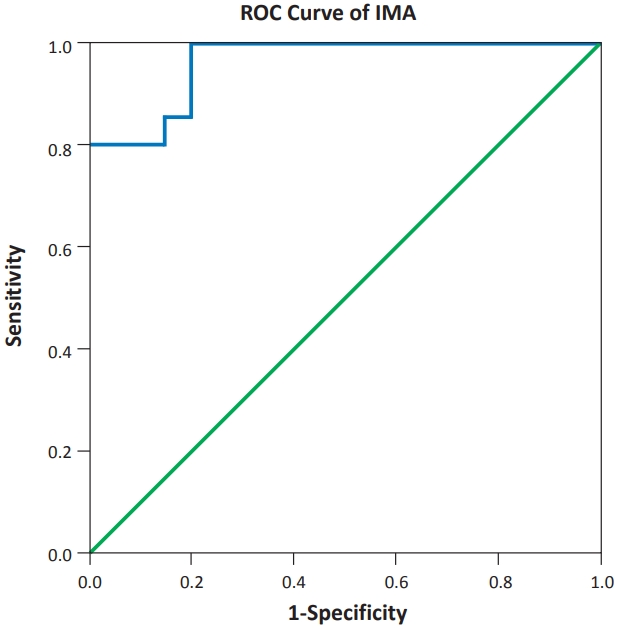
Question: What is the value of ischemia modified albumin (IMA) as a diagnostic marker for neonatal hypoxic-ischemic encephalopathy (HIE)?
Finding: IMA levels were significantly higher (nearly double elevation) in hypoxic than healthy newborns in the first few hours after birth in the full-term neonates.
Meaning: IMA can be a reliable marker for the early diagnosis of neonatal HIE and can be a predictor of injury severity.
- Cardiology
- Age-, sex-, and height-based blood pressure reference charts, Yazd children 6–18 years, Iran
- Nastaran ahmadi, Seyedeh Mahdieh Namayandeh, Seyed Mahmood Sadr Bafghi, Mohammad Reza Mohammadi, Masoud Mirzaei, Mohammadtaghi Sarebanhassanabadi, Amir Houshang Mehrparvar, Reza Faraji, Neda Nilforoshan, Ahmad Karimi
- Clin Exp Pediatr. 2020;63(8):321-328. Published online July 21, 2020
-

Question: What is the 90th, 95th, 99th percentile of blood pressure based on height as the cut point for diagnosis of hypertension in children of our province?
Finding: We used blood pressure of 456 males and 579 females in 6–18 years old in “Iranian Children and Adolescents' Psychiatric Disorders survey.
Meaning: The 90th, 95th, 99th percentiles of systolic and diastolic blood pressure in both sex based on age and 10-cm height intervals were developed in Yazd.
- Hematology
- Effects of α-tocopherol on hemolysis and oxidative stress markers on red blood cells in β-thalassemia major
- Nora Sovira, Munar Lubis, Pustika Amalia Wahidiyat, Franciscus D. Suyatna, Djajadiman Gatot, Saptawati Bardosono, Mohammad Sadikin
- Clin Exp Pediatr. 2020;63(8):314-320. Published online August 15, 2020
-

Question: Is the α-tocopherol as an exogenous antioxidant supplementation effective in improving hemolysis and oxidative stress on β-thalassemia major?
Finding: We found significant enhancements in plasma haptoglobin were noted in the α-tocopherol group (3.01 mg/dL; range, 0.60–42.42 mg/dL; P=0.021).
Meaning: The α-tocopherol can improve hemolysis by increasing the haptoglobin level as hemolysis marker.
- Editorial
- Nutrition
- Pivotal roles of prolactin and other hormones in lactogenesis and the nutritional composition of human milk
- Yong Joo Kim
- Clin Exp Pediatr. 2020;63(8):312-313. Published online August 15, 2020
-
- Neurology
- Commentary on "Autoimmune encephalitis and epilepsy: evolving definition and clinical spectrum"
- Jieun Choi
- Clin Exp Pediatr. 2020;63(8):310-311. Published online August 15, 2020
-
- Review Article
- Nutrition
- Components of human breast milk: from macronutrient to microbiome and microRNA
- Su Yeong Kim, Dae Yong Yi
- Clin Exp Pediatr. 2020;63(8):301-309. Published online March 23, 2020
-

Human breast milk (HBM) is essential for the infant’s growth and development right after birth and is an irreplaceable source of nutrition for early human survival. Various infant formulas have many similarities to HBM in many components, but there is no perfect substitute for HBM. Recently, various breast milk components and their roles have been studied according to the development...
- Neurology
- Autoimmune encephalitis and epilepsy: evolving definition and clinical spectrum
- Joo Hee Seo, Yun-Jin Lee, Ki Hyeong Lee, Elakkat Gireesh, Holly Skinner, Michael Westerveld
- Clin Exp Pediatr. 2020;63(8):291-300. Published online August 16, 2019
-
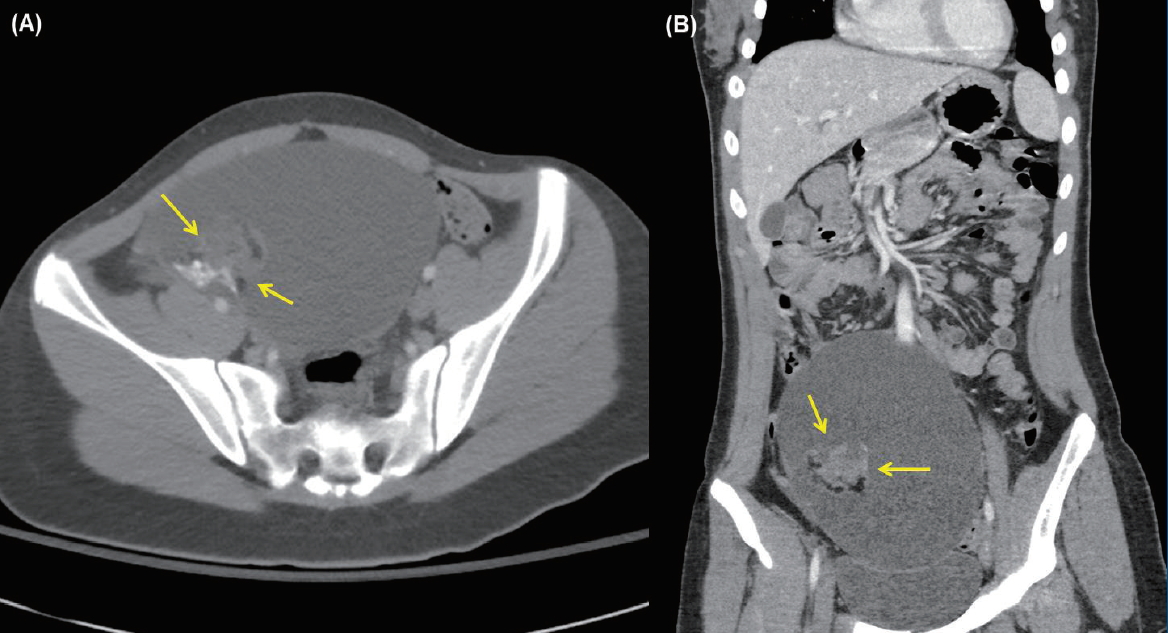
Advances in autoimmune encephalitis studies in the past 10 years have led to the identification of new syndromes and biomarkers that have transformed the diagnostic approach to the disorder. The disorder or syndrome has been linked to a wide variety of pathologic processes associated with the neuron-specific autoantibodies targeting intracellular and plasma membrane antigens. However, current criteria for autoimmune encephalitis...
- Neonatology (Perinatology)
- Short- and long-term outcomes of very low birth weight infants in Korea: Korean Neonatal Network update in 2019
- Jang Hoon Lee, YoungAh Youn, Yun Sil Chang; Korean Neonatal Network
- Clin Exp Pediatr. 2020;63(8):284-290. Published online February 5, 2020
-
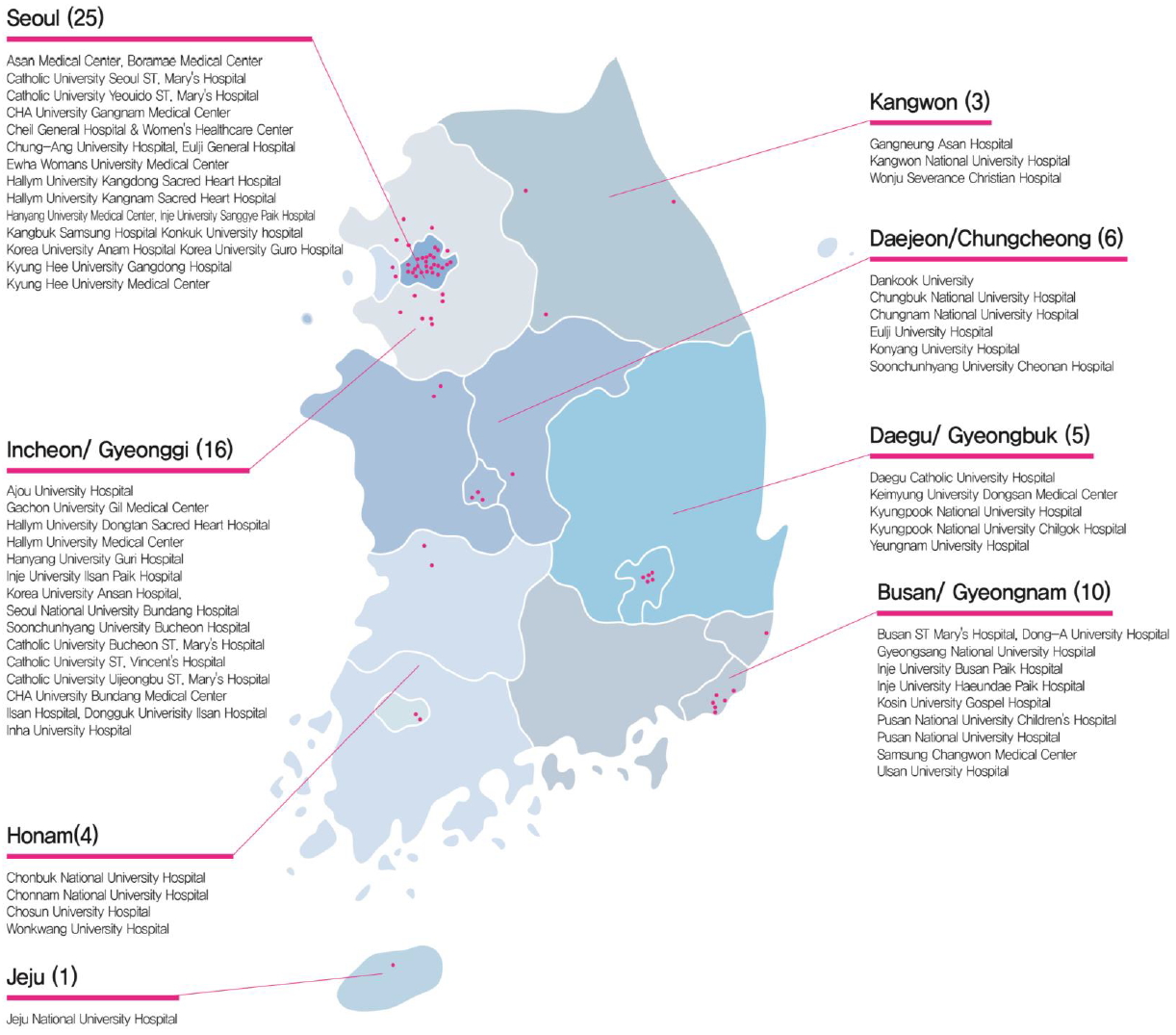
The Korean Neonatal Network (KNN) has collected population-based data for very low birth weight infants (VLBWIs) born in Korea since 2013. The survival rate of all VLBWIs was 86% in Korea. The overall prevalence of cerebral palsy was 6.2%–6.6%. Bilateral blindness and hearing loss were reported in 0.2%–0.3%, 0.8%–1.9%, respectively. The KNN has published annual reports and papers for facilitating the improvement of VLBWIs outcome in Korea.
- Original Article
- Allergy
- Ten-year trends and prevalence of asthma, allergic rhinitis, and atopic dermatitis among the Korean population, 2008–2017
- Jihyun Ha, Seung Won Lee, Dong Keon Yon
- Clin Exp Pediatr. 2020;63(7):278-283. Published online January 29, 2020
-
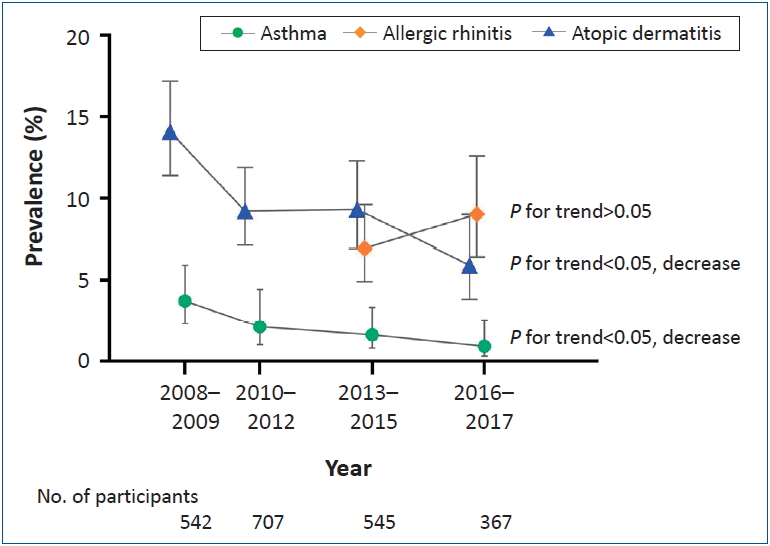
Background: Major questions remain regarding the agestratified trends of allergic diseases and asthma in Korea.
Purpose: To identify the estimated recent prevalence and 10- year trends in asthma, allergic rhinitis, and atopic dermatitis among the Korean population from 2008 to 2017. Methods: This nationwide cross-sectional survey (Korean National Health and Nutrition Examination Survey) over 10 years (2008–2017) examined representative samples of the...
- General Pediatrics
- Efficacy of conservative treatment of perianal abscesses in children and predictors for therapeutic failure
- Lars Boenicke, Johannes Doerner, Stefan Wirth, Hubert Zirngibl, Mike Ralf Langenbach
- Clin Exp Pediatr. 2020;63(7):272-277. Published online May 15, 2020
-
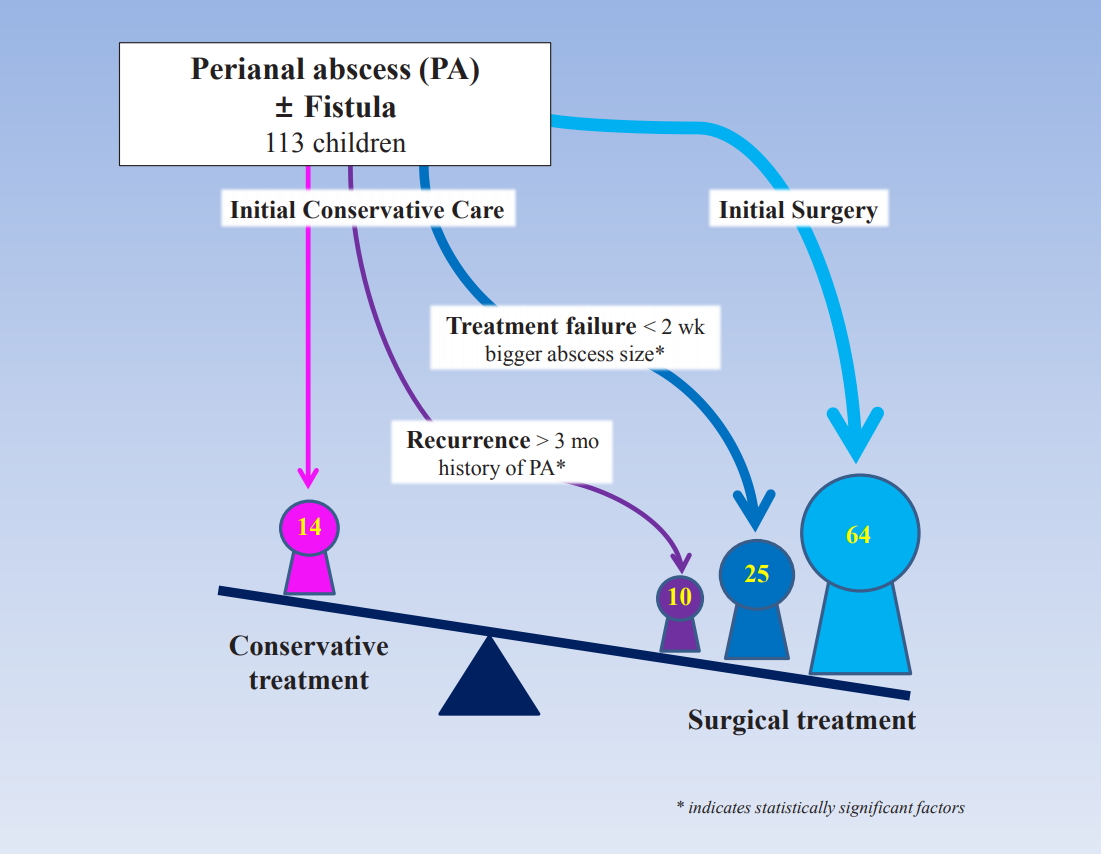
Background: The optimal management of perianal abscess in children is controversial.
Purpose: To evaluate the efficiency of conservative treatment of perianal abscess in children and identify parameters that predict therapy failure. Methods: All cases of children younger than 14 years of age with perianal abscesses between 2001–2016 were evaluated. Results: Of the 113 enrolled patients, 64 underwent subsequent surgery for advanced disease (primary...
- Immunology
- Immunogenicity and safety of a 12-valent pneumococcal conjugate vaccine in infants aged 6–10 weeks: a randomized double-blind active-controlled trial
- Jonghoon Shin, Jamaree Teeratakulpisarn, Thanyawee Puthanakit, Tuangtip Theerawit, Ji Hwa Ryu, Jinhwan Shin, Seulgi Lee, Hayoung Lee, Kyungjun An, Hun Kim
- Clin Exp Pediatr. 2020;63(7):265-271. Published online December 6, 2019
-
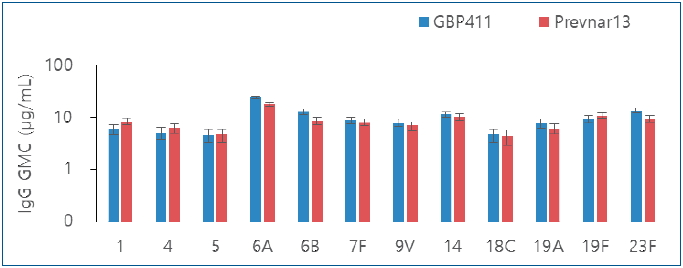
Question: The immunogenicity and safety of GBP411 when administered to healthy infants are not understood.
Finding: The intergroup differences were not significant for all 12 serotypes after the booster dose. The overall incidence of solicited local adverse events between the groups did not differ significantly.
Meaning: GBP411 with a 2p+1 dosing schedule induced a substantial immune response, and may be safe for administration to healthy infants.
- Editorial
- Allergy
- Trends in prevalence of allergic diseases in Korean children: how and why?
- Kyung Suk Lee
- Clin Exp Pediatr. 2020;63(7):263-264. Published online April 13, 2020
-
- Gastroenterology
- Management of perianal abscess and fistula-in-ano in infants and children
- Jinyoung Park
- Clin Exp Pediatr. 2020;63(7):261-262. Published online March 23, 2020
-
- Infection
- Pneumococcal conjugate vaccines: choice of schedule and product development
- Jin Lee
- Clin Exp Pediatr. 2020;63(7):259-260. Published online April 27, 2020
-

- Review Article
- Pulmonology
- The past, present, and future of humidifier disinfectant-associated interstitial lung diseases in children
- Eun Lee, So-Yeon Lee, Soo-Jong Hong
- Clin Exp Pediatr. 2020;63(7):251-258. Published online December 9, 2019
-
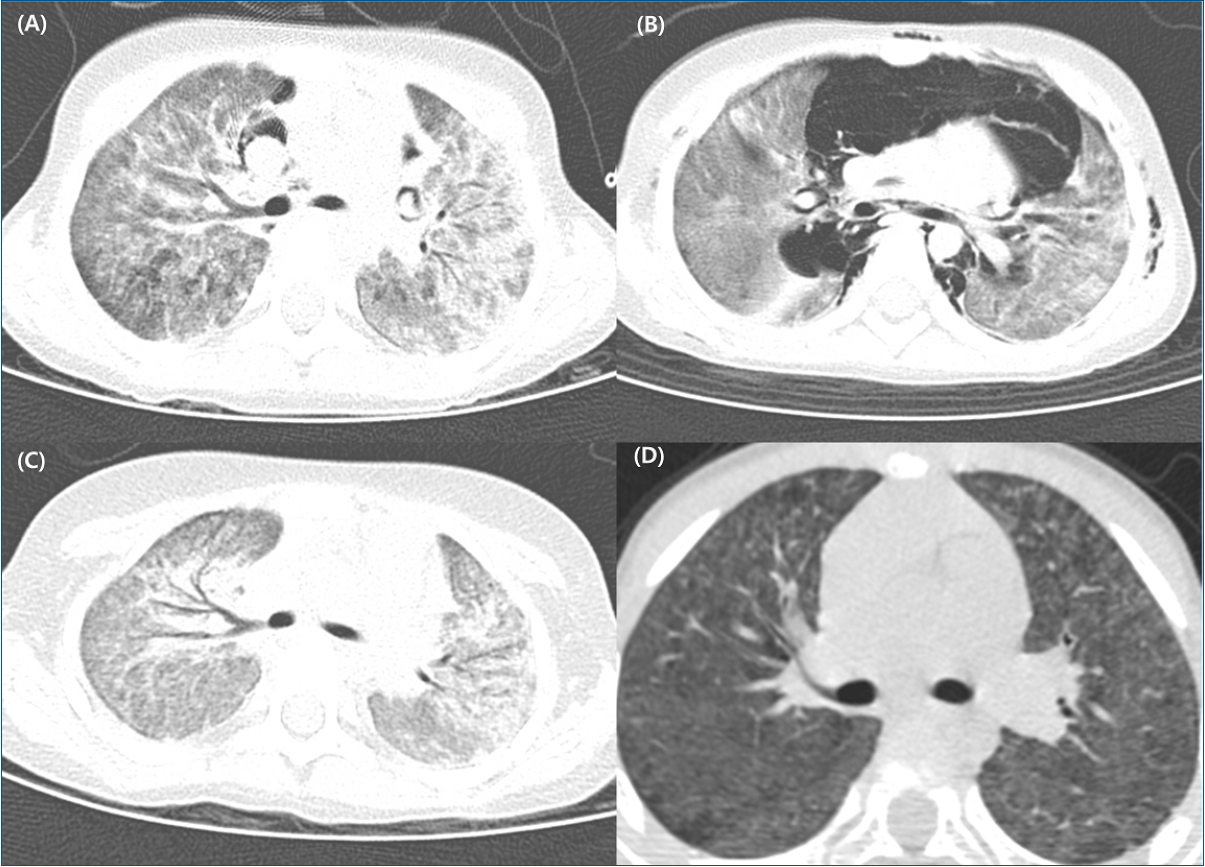
Exposure to environmental factors can cause interstitial lung diseases (ILDs); however, such types of ILDs are rare. From 2007 to 2011, an ILD epidemic occurred in South Korea owing to inhalational exposure to toxic chemicals in humidifier disinfectants (HDs). HD-associated ILDs (HD-ILDs) are characterized by rapidly progressing respiratory failure with pulmonary fibrosis and a high mortality rate of 43.8%−58.0%. Although...
- Immunology
- Immunopathogenesis of COVID-19 and early immunomodulators
- Kyung-Yil Lee, Jung-Woo Rhim, Jin-Han Kang
- Clin Exp Pediatr. 2020;63(7):239-250. Published online June 18, 2020
-
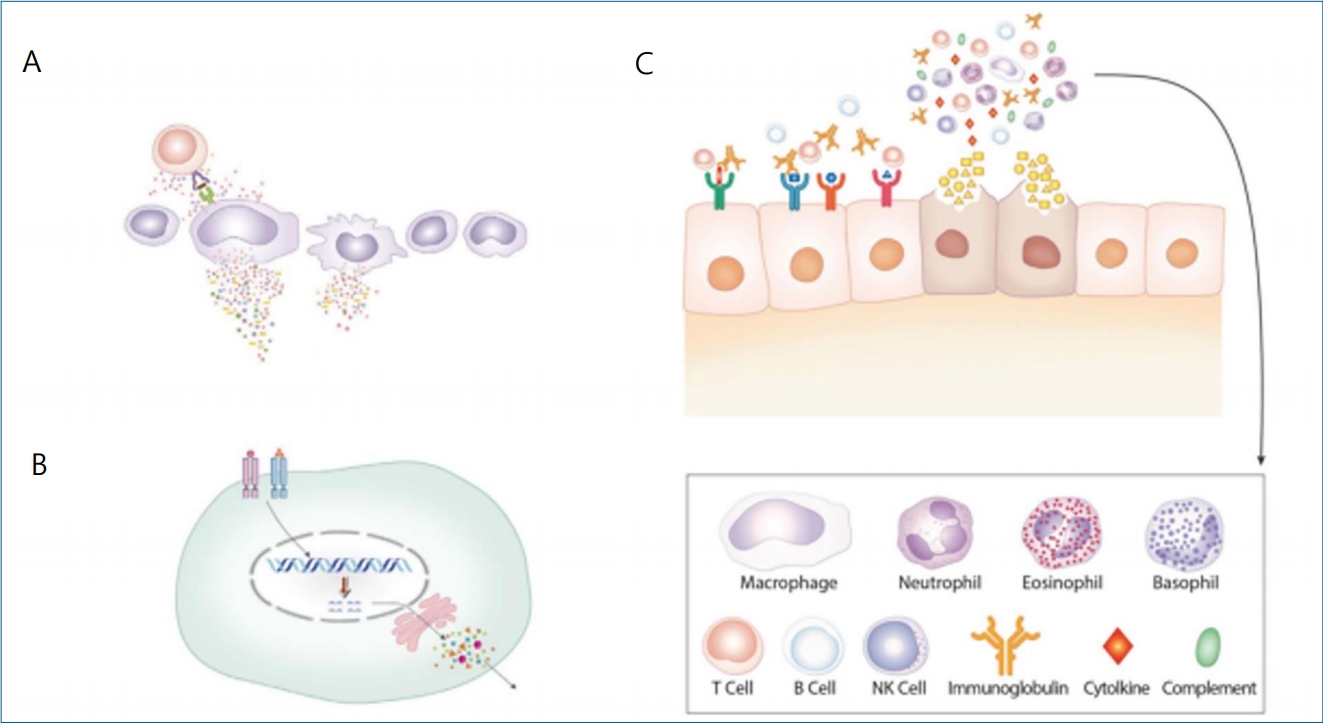
The novel coronavirus disease 2019 (COVID-19) is spreading globally. Although its etiologic agent is discovered as severe acute respiratory syndrome coronavirus-2 (SARS-CoV-2), there are many unsolved issues in COVID-19 and other infectious diseases. The causes of different clinical phenotypes and incubation periods among individuals, species specificity, and cytokine storm with lymphopenia as well as the mechanism of damage to organ...
- Perspective
- Infection
- COVID-19 in children: reasons for uneventful clinical course
- Sweni Shah, Ramachandran Meenakshisundaram, Subramanian Senthilkumaran, Ponniah Thirumalaikolundusubramanian
- Clin Exp Pediatr. 2020;63(7):237-238. Published online June 18, 2020
-
- Original Article
- General Pediatrics
- Ability of children to perform touchscreen gestures and follow prompting techniques when using mobile apps
- Savita Yadav, Pinaki Chakraborty, Arshia Kaul, Pooja, Bhavya Gupta, Anchal Garg
- Clin Exp Pediatr. 2020;63(6):232-236. Published online February 5, 2020
-
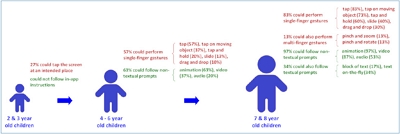
Background: Children today get access to smartphones at an early age. However, their ability to use mobile apps has not yet been studied in detail.
Purpose: This study aimed to assess the ability of children aged 2–8 years to perform touchscreen gestures and follow prompting techniques, i.e., ways apps provide instructions on how to use them. Methods: We developed one mobile app...
- Neonatology (Perinatology)
- Synbiotics use for preventing sepsis and necrotizing enterocolitis in very low birth weight neonates: a randomized controlled trial
- Ozge Serce Pehlevan, Derya Benzer, Tugba Gursoy, Guner Karatekin, Fahri Ovali
- Clin Exp Pediatr. 2020;63(6):226-231. Published online February 5, 2020
-
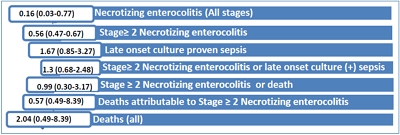
Background: Probiotics and prebiotics have strain-specific effects on the host. Synbiotics, a mixture of probiotics and prebiotics, are proposed to have more beneficial effects on the host than either agent has alone.
Purpose: We performed a randomized controlled trial to investigate the effect of Lactobacillus and Bifidobacterium together with oligosaccharides and lactoferrin on the development of necrotizing enterocolitis (NEC) or sepsis...
- Long-term cognitive, executive, and behavioral outcomes of moderate and late preterm at school age
- Ju Hyun Jin, Shin Won Yoon, Jungeun Song, Seong Woo Kim, Hee Jung Chung
- Clin Exp Pediatr. 2020;63(6):219-225. Published online September 25, 2019
-
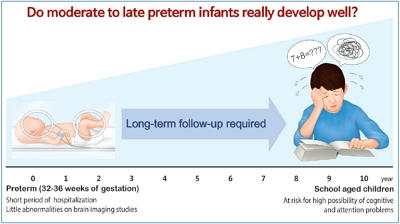
Question: Infants born at moderate to late preterm gestations are known to have little problem later on, but is that really true?
Finding: At school age, cognitive problem was observed in about a quarter of the children. In addition, more than half of the children was suspected of having attention problems.
Meaning: Moderate to late preterm infants are at risk of developing abnormal intelligence and attention problems at early school age, therefore they should not be neglected on longterm follow-up evaluation.
- Editorial
- Neonatology (Perinatology)
- Should we regularly evaluate the neurodevelopmental status of moderate and late preterm infants?
- Son Moon Shin
- Clin Exp Pediatr. 2020;63(6):217-218. Published online June 11, 2020
-

- What do we know about the long-term cognitive and behavioral outcomes of school-aged children who were born moderate to late preterm?
- Eun Sun Kim
- Clin Exp Pediatr. 2020;63(6):215-216. Published online February 5, 2020
-
- Allergy
- Are you sure that it is a drug allergy?
- Eun Hee Chung
- Clin Exp Pediatr. 2020;63(6):213-214. Published online June 1, 2020
-
- Neurology
- Next-generation sequencing is a powerful method to enhance diagnostic yield in global developmental delay/intellectual disability
- Jon Soo Kim
- Clin Exp Pediatr. 2020;63(6):211-212. Published online June 11, 2020
-
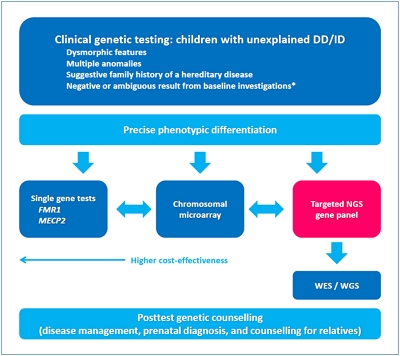
- Review Article
- Allergy
- Drug Allergy in Children: What Should We Know?
- Ji Soo Park, Dong In Suh
- Clin Exp Pediatr. 2020;63(6):203-210. Published online November 12, 2019
-

The drug allergy “label” may have a lifetime of consequences for a child. Many children with alleged drug allergies are proven to be tolerant to the culprit medication when challenged. The field of drug hypersensitivity is a recently evolving field of research, but studies on its epidemiology and diagnostic tools are lacking in children. Clinical history is significant in the...
- Neurology
- Genetic tests by next-generation sequencing in children with developmental delay and/or intellectual disability
- Ji Yoon Han, In Goo Lee
- Clin Exp Pediatr. 2020;63(6):195-202. Published online November 4, 2019
-
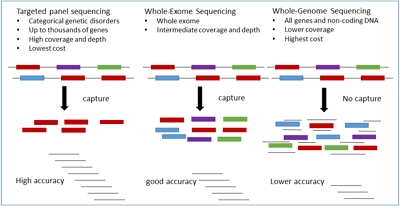
Developments in next-generation sequencing (NGS) techogies have assisted in clarifying the diagnosis and treatment of developmental delay/intellectual disability (DD/ID) via molecular genetic testing. Advances in DNA sequencing technology have not only allowed the evolution of targeted panels but also, and more currently enabled genome-wide analyses to progress from research era to clinical practice. Broad acceptance of accuracy- guided targeted gene...
- Original Article
- Cardiology
- Importance of pulmonary valve morphology for pulmonary valve preservation in tetralogy of Fallot surgery: comparison of the echocardiographic parameters
- Su Jin Choi, Jung Eun Kwon, Da Eun Roh, Myung Chul Hyun, Hanna Jung, Young Ok Lee, Joon Yong Cho, Yeo Hyang Kim
- Clin Exp Pediatr. 2020;63(5):189-194. Published online November 8, 2019
-

Question: Is echocardiographic examination is useful for surgical method decision in patients with tetralogy of Fallot (TOF)?
Finding: Various echocardiographic parameters serve as predictors for determining surgical methods for TOF patients. However, the PV morphology and tissue characteristics should also be considered.
Meaning: A full dependence on the size of the pulmonary valve annulus (PVA), the z score, and the ratio of the size of PVA to aortic valve annulus or descending aorta surgery may result in inadequate surgical results during TOF total correction.
- Critical Care Medicine
- Assessment of interhospital transport care for pediatric patients
- Krittiya Chaichotjinda, Marut Chantra, Uthen Pandee
- Clin Exp Pediatr. 2020;63(5):184-188. Published online August 29, 2019
-

Background: Many critically ill patients require transfer to a higher-level hospital for complex medical care. Despite the publication of the American Academy of Pediatrics guidelines for pediatric interhospital transportation services and the establishment of many pediatric transport programs, adverse events during pediatric transport still occur.
Purpose: To determine the incidence of adverse events occurring during pediatric transport and explore their complications...
- Editorial
- Emergency Medicine
- Pediatric transport medicine: a yet unknown territory in Korea
- Jeong-Min Ryu
- Clin Exp Pediatr. 2020;63(5):182-183. Published online May 15, 2020
-
- Neurology
- Targeted temperature management and neuroprotective outcomes of pediatric patients after cardiac arrest
- Yun-Jin Lee
- Clin Exp Pediatr. 2020;63(5):180-181. Published online April 14, 2020
-
-

-
-

-

-
Impact Factor4.2
-
6.52022CiteScore92nd percentilePowered by







